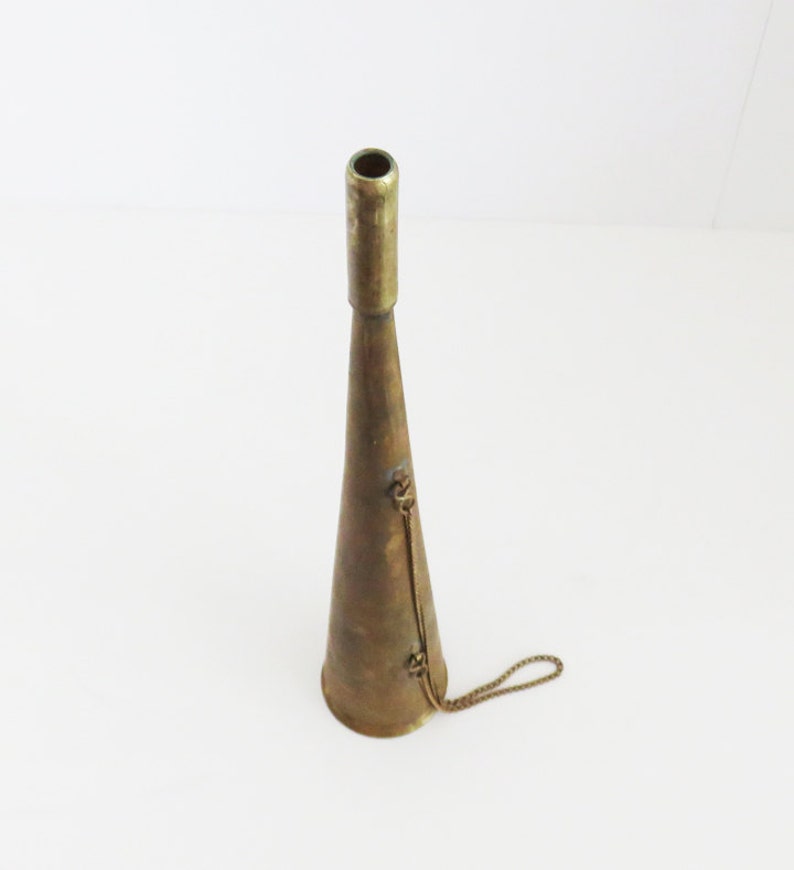

In addition, a vessel at anchor may sound one short blast, then one prolonged one, then another short one, to warn an approaching vessel of possible collision. In a vessel exceeding 100 metres (328 ft) the bell must be sounded in the forepart of the vessel and immediately afterwards a gong must be sounded rapidly for about five seconds in the after part. A vessel at anchor shall, at intervals of not more than a minute, ring its bell rapidly for about five seconds. A vessel not under command, a vessel restricted in its ability to manoeuvre or constrained by its draught, a sailing vessel, a vessel engaged in fishing, and a vessel engaged in towing or pushing another vessel, shall sound, at intervals of not more than two minutes, one prolonged blast followed by two short ones. A vessel under way but stopped sounds two prolonged blasts not less than every two minutes with two seconds between each blast.

A steamship under way sounds one prolonged blast on its steam whistle or foghorn not less than every two minutes. Vessels of less than 12 metres (39 ft) in length are not obliged to give any of the following signals, though they must make some other efficient sound signal at intervals of not more than two minutes. It was also possible for steamships to use their sirens to communicate with another ship by the Morse code.įog signals are now laid down in the International Regulations for Preventing Collisions at Sea. These were used to indicate a ship's movements to other vessels in the immediate vicinity, indicating by the number of blasts whether it was turning to port or starboard, was stopped, or was going astern. Later, with the introduction of steam propulsion, signals could be made on a siren, steam whistle, or foghorn. During the early days of sail signals at sea in fog could only be made by ringing the ship's bell or firing guns.


 0 kommentar(er)
0 kommentar(er)
